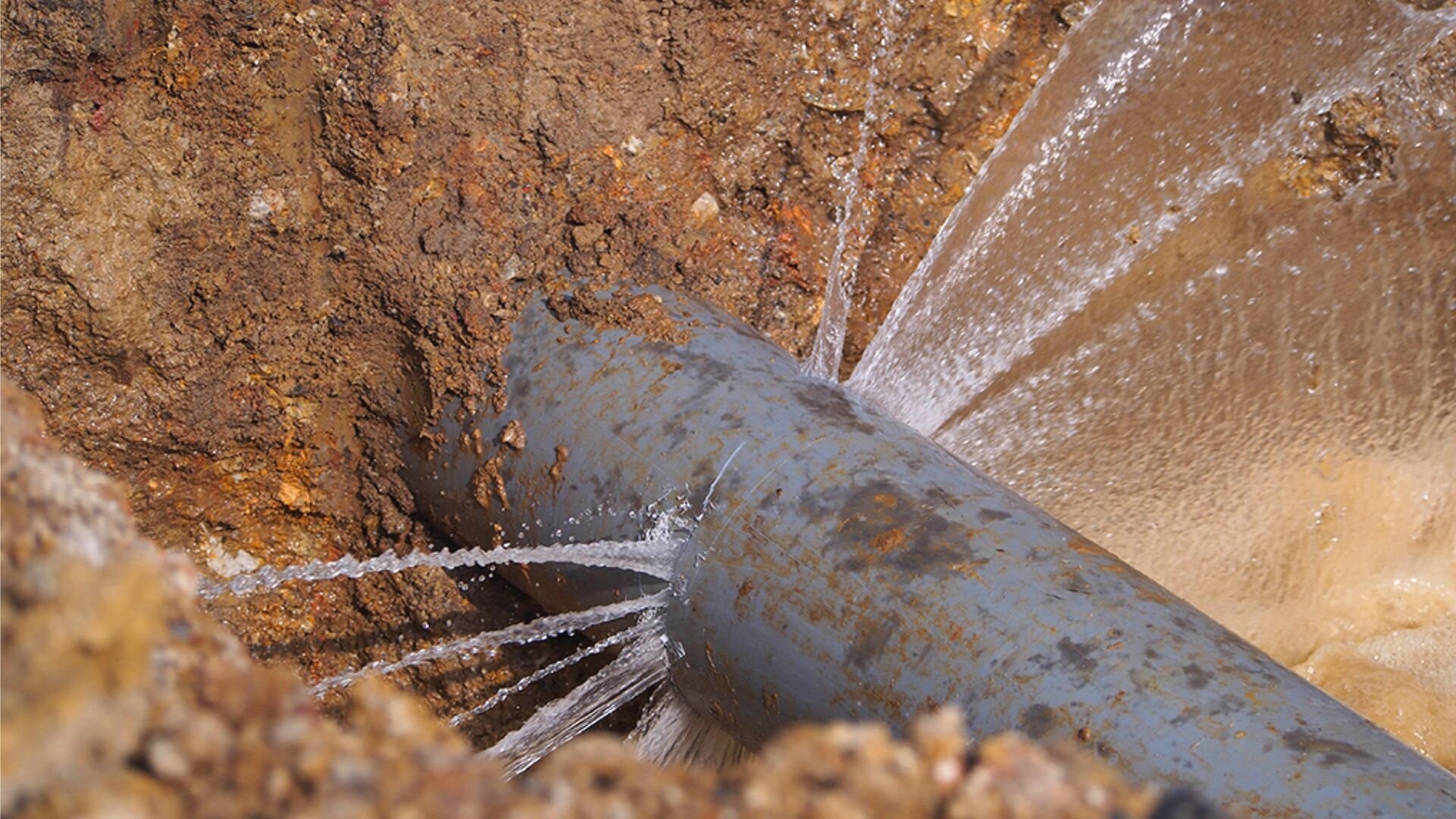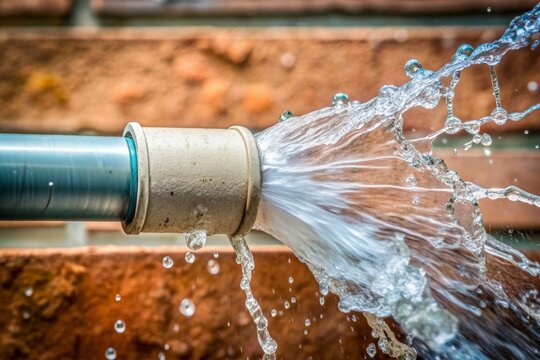How to Handle a Burst Pipe: Essential Steps for Immediate Action
How to Handle a Burst Pipe: Essential Steps for Immediate Action
Blog Article
What to Do When a Pipe Bursts: Immediate Tips for Property Owners
A pipeline burst can be a homeowner's worst headache, resulting in considerable damage if not resolved quickly. The prompt response is important: first, find the resource of the leak and turned off the major water valve to avoid more flooding. Following this, draining the pipelines comes to be important to mitigate added concerns. Numerous house owners ignore the importance of documenting the damage for insurance coverage cases, and the procedure doesn't end there. Comprehending the detailed actions to take can have an extensive influence on recuperation and reconstruction initiatives. What follows next is vital for efficient resolution.

Examine the Situation
Begin by identifying the source of the leak; this may involve examining the area around the burst pipe for visible signs of water escape. If the ruptured happened in a hidden room, such as within a wall or under a floor, look for water stains or merging that might suggest the place.
Following, assess the surrounding atmosphere for threats. Look for electric wires that may be revealed to water, as this presents a considerable danger of electrocution. Furthermore, remember of any type of important products or furniture that may be at risk of water damages. Comprehending the scale of the situation will help you prioritize your following activities successfully.
Recording the damage via photos can also be helpful, especially for insurance cases. Time is of the essence, as standing water can cause mold growth and further architectural damage. By thoroughly assessing the situation, you will certainly be much better prepared to take the needed steps to minimize additional issues developing from the ruptured pipe.
Turn Off the Water
The prompt priority after determining a ruptured pipe is to turn off the water to stop more flooding and damages. Locate the primary shut-off shutoff, usually located near the water meter, in the basement, or on an exterior wall surface. Transforming this shutoff clockwise will stop the circulation of water throughout your home, minimizing the threat of substantial water damages.
If you are not able to locate the main shut-off valve or if it is malfunctioning, you may require to close off specific valves attached to the impacted pipeline, if accessible. Some homes likewise have second shutoffs for details appliances, such as washing devices or dish washers.
It's suggested to familiarize yourself with the area of these valves prior to an emergency takes place, as this expertise can conserve beneficial time throughout a situation. In case the main valve is stuck or hard to turn, do not compel it; rather, consider seeking specialist help.
As soon as the water supply is turned off, take a moment to evaluate the circumstance better while planning for the next actions, making certain that your home is as safe as feasible from added water breach.
Drain the Pipelines
After shutting down the supply of water, it is very important to drain the pipes to decrease any kind of staying water that could bring about extra damages. Begin by opening all faucets in the home, starting from the highest degree to the most affordable. This process encourages the water to drain entirely, permitting gravity to help in removing recurring water from the pipes.

Be mindful when draining pipes hot water, as it can cause burns. Allow the water to exit up until the flow discontinues. Make use of towels or a damp vacuum cleaner to saturate it up if you observe any kind of continuing to be water merging. Correctly draining the pipelines is important to avoiding further difficulties and assists safeguard your home from added water damage throughout this demanding situation.
Call an Expert
In the wake of a ruptured pipeline, contacting a specialist plumbing is essential to make certain a comprehensive analysis and effective repair services. Trying to deal with the scenario without skilled aid can bring about more damages and complications. A licensed plumber possesses the expertise and specialized devices required to identify the origin of the leak and address it efficiently.
When selecting a plumbing, prioritize those with a strong reputation and relevant experience in emergency situation plumbing solutions. Checking on the internet testimonials, obtaining references, and verifying qualifications can aid you make an enlightened option. It is recommended to contact multiple specialists to compare feedback times, estimated prices, and service offerings.
As soon as you have engaged a plumbing professional, give them with as much info as possible concerning the occurrence, consisting of the location of the ruptured pipeline and the actions you have already taken. This info will certainly aid them in diagnosing the problem promptly and accurately.
File the Damages
Once a plumbing has been spoken to and the immediate worries addressed, it is essential to record the damages triggered by the burst pipeline. Begin by taking clear photos of the influenced areas, concentrating on noticeable damage to wall surfaces, floor covering, and furnishings.
Following, assemble a detailed list of damaged things, including their approximate value and any kind of appropriate purchase info. This inventory must incorporate permanent fixtures, personal belongings, and any type of structural damage observed. Consist of the approximated price of repairs based on specialist analyses or previous quotes for similar job. if possible.
In addition to aesthetic and written documents, maintain documents of any kind of interactions with your plumbing and insurance coverage carrier. By taking these steps, you will certainly be much better prepared to navigate the results of the event.

Conclusion
Immediate evaluation of the situation, adhered to by shutting off the major water supply, is important. Draining pipes the pipelines and recording the damages ensures correct handling of the incident for insurance policy purposes.
The prompt priority after determining a ruptured pipe is to close off the water supply to prevent additional flooding and damages. Transforming this valve clockwise will stop the flow of water throughout your home, reducing the threat of extensive water damages.
After closing off the water supply, it is important to drain pipes the pipelines to minimize any type of continuing to be browse around this site water that could lead to extra damages. For homes with a warm water heater, you must additionally drain the tank by attaching a webpage pipe to the drain shutoff and routing the water into a suitable container or exterior.
Effectively draining the pipes is important to avoiding further difficulties and aids protect your home from additional water damages throughout this stressful scenario.
Report this page